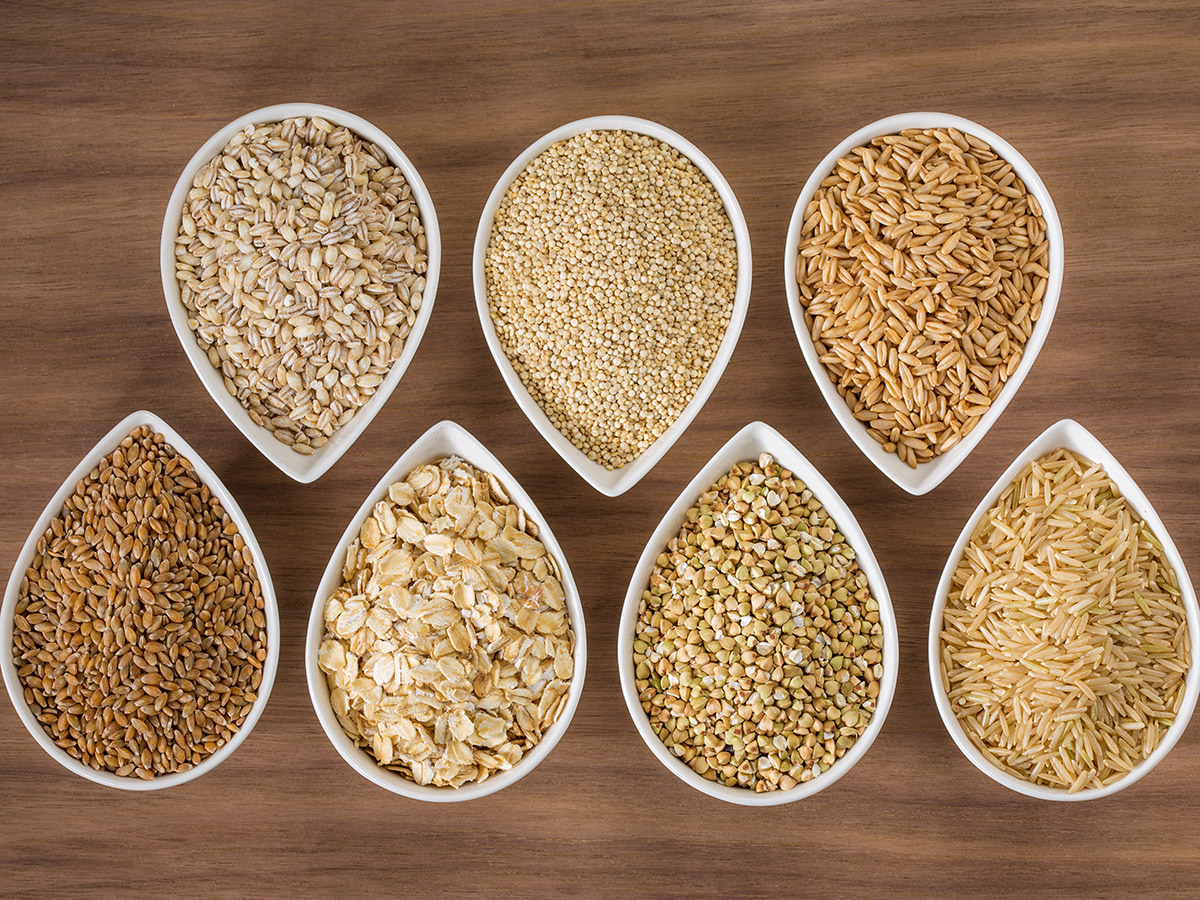The average Indian consumer has witnessed a sudden influx of healthier food products and items that are now available to them. Although these cost a marginally higher rate, they promise a wealth of health benefits. One amongst the many items is the multigrain atta, which is a divergence from your regular whole wheat flour.
It appears that everyone is embracing the idea of multigrain atta and how it a healthier option. So it is only natural to wonder, “Is multigrain atta good?” or “What are the multigrain atta contents?” and even “Is it worth my money?”
Let us take a look.
Multigrain Atta Ingredients
Typically, the following flours feature as the core multigrain atta ingredients:
- Whole wheat
- Ragi
- Oats
- Maize
- Chana Dal
- Soya bean
- Bajra
- Jowar
- Barley
- Other millets (such as foxtail, barnyard, etc.)
Naturally, you can alter these multigrain atta ingredients depending on the availability of the flour, taste, and allergies, if any. In this post, we will make use of the first six multigrain atta ingredients.
Steps to Make Multigrain Atta at Home
If you wish to make multigrain atta at home, you will need the following multigrain atta ingredients in the said quantities:
- 2kg Whole Wheat
- 100g Oats
- 100g Chana Dal
- 100g Maize
- 50g Ragi
- 50g Soya Bean
Once you have all the multigrain atta ingredients ready, follow the steps given below:
- Wash all the grains (except for the oats) and let it sundry for a day or two.
- Dry roast all the grains (except wheat and oats) until they are slightly aromatic. Let the mixture cool.
- When your grains are at room temperature, you can grind the flour at home or give it for milling. Ensure that the grains are absolutely dry.
- Sieve the flour once and discard the coarse particles.
- Store in an airtight container.
The above multigrain roti ingredients will grant you soft, light, and fluffy rotis that are loaded with health benefits!
Health Benefits of Each Multigrain Atta Ingredients
So is multigrain atta good?
Considering that it is a combination of several multigrain atta ingredients, it is bound to have a better nutritional profile.
Let us examine the health benefits of the multigrain atta ingredients one-by-one:
Whole Wheat
It is one of the primary multigrain atta ingredients. Whole wheat is a rich source of dietary fibre, which makes it perfect for your gut health. An observational study in the American Journal of Clinical Nutrition suggests that whole wheat, like other whole grains, can help prevent certain forms of cancer.
Oats
Oats are a nutrition powerhouse with the presence of minerals such as manganese, phosphorus, magnesium, copper, iron, and zinc. It is also rich in vitamins B1 and B5. The presence of antioxidants, such as avenanthramides, helps in blood pressure regulation.
Furthermore, the presence of beta-glucan, a powerful soluble fibre, helps maintain heart health, control blood sugar levels, increase satiety, and improve digestion.
Chana Dal
Chana dal also boasts of an impressive nutrition profile. It is one of the richest sources of plant-based proteins and can help in weight management. Plus, it may protect you from chronic diseases such as heart issues, cancer, and diabetes.
Maize
Maize flour is readily available in the Indian markets. It is loaded with dietary fibre, vitamin B, omega-6 fatty acids, plant-based proteins, and antioxidants (zeaxanthin and lutein). This flour can help promote eye health and prevent serious conditions like a diverticular disease.
Ragi
The ancient grain of ragi is one of the best sources of calcium and iron. Its low glycaemic index and abundance of polyphenols make it the perfect meal for people with diabetes. Plus, essential amino acids like lysine and methionine ensure that you have younger-looking skin always.
Soybean
Soybeans are packed with phytonutrients and antioxidant that offer a host of health benefits. It is an excellent source of rich bioactive compounds, such as saponins, phytic acid, and isoflavones. Various studies indicate that it may reduce the risk of cancer, alleviate symptoms of menopause, and improve bone health.
Now that you have a hold of the multigrain atta contents go ahead and give the multigrain roti ingredients a try!
 16.07.2024
16.07.2024 12.07.2024
12.07.2024 10.07.2024
10.07.2024 4.07.2024
4.07.2024


